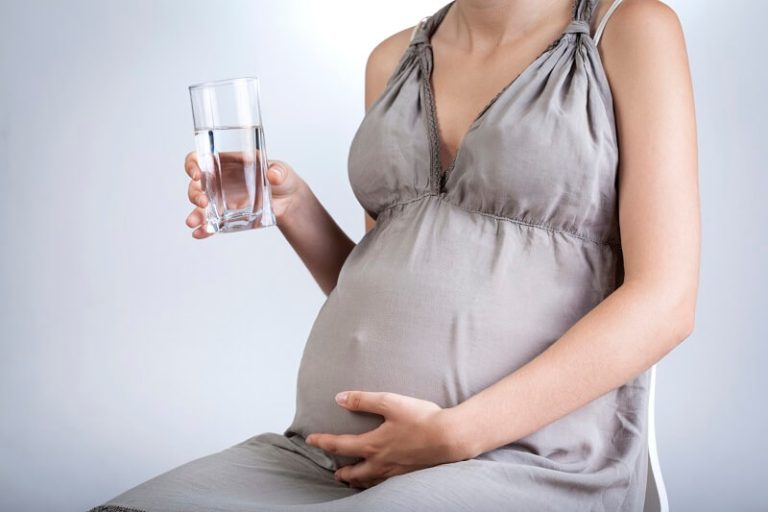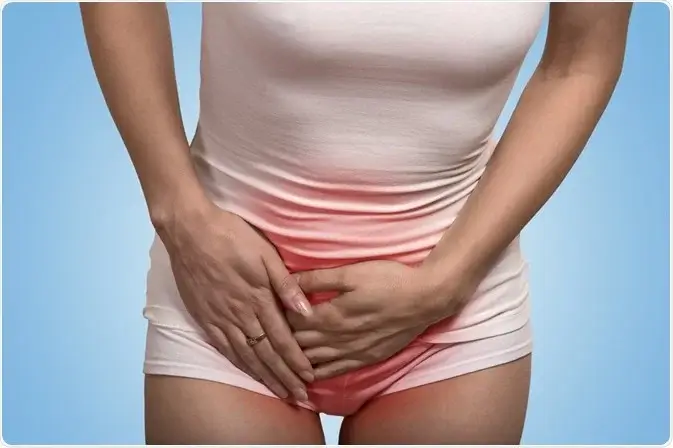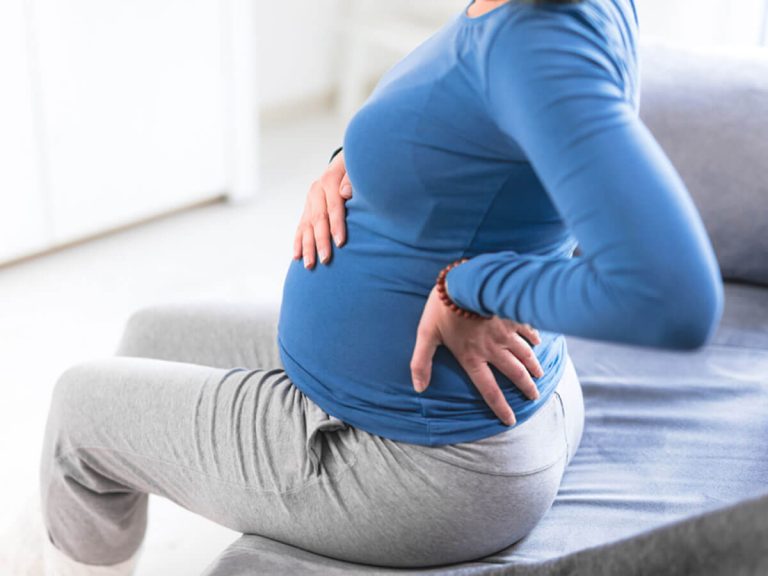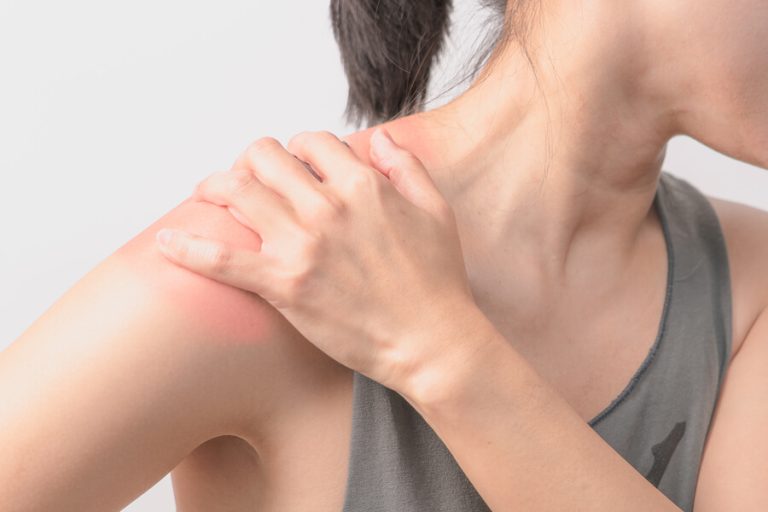Preventing and Treating Osteoporosis in 2023

If you’re concerned about your risk for osteoporosis, you need to know how to prevent and treat it. There are many ways to protect yourself, including diet, weight control, exercise, and medications. By taking these steps, you’ll reduce your chances of developing this disease.
What is Osteoporosis and What Causes It?
Osteoporosis is an age-related disease that weakens bones and increases their risk of fracture. The disease causes a gradual loss of bone mass and can affect men and women, but it’s particularly common in later years.
In general, osteoporosis is caused by several factors. Among them are advanced age, family history of the disease, certain diseases, lack of exercise, and smoking. However, there are some things that you can do to decrease your risk.
Eating a well-balanced diet that includes plenty of calcium can help keep your bones strong. You can also take calcium supplements prescribed by your doctor.
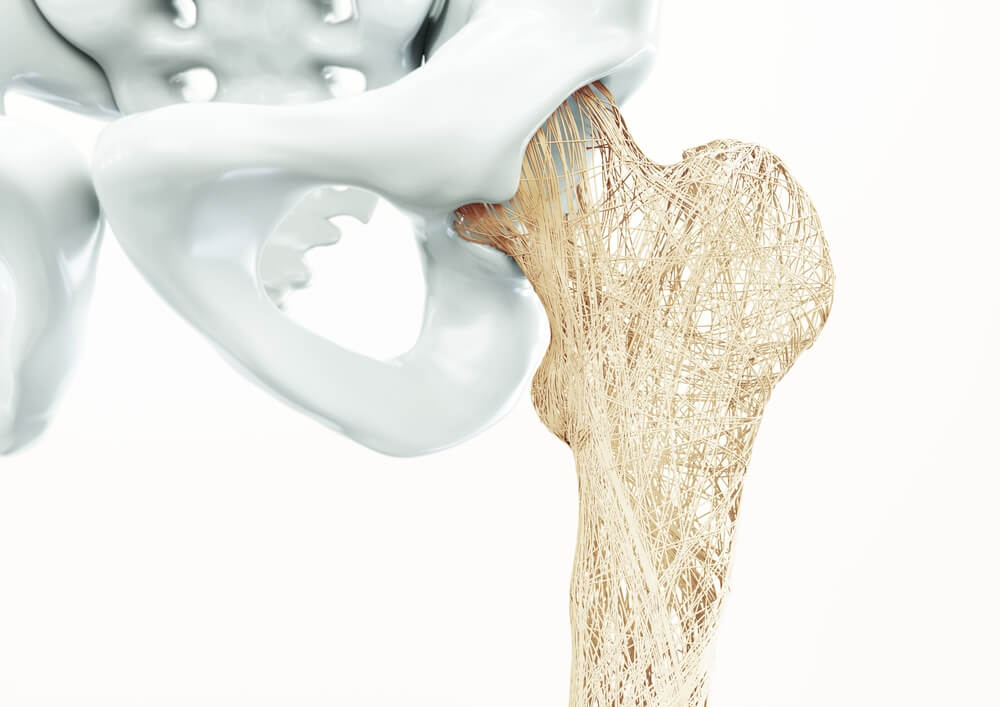
Weight-bearing exercises can also strengthen your bones. Physical therapists can help you move safely.
There are new medications that can slow the rate at which your bones deteriorate. It’s important to speak to your health care provider about all your options.
Your doctor can order a bone mineral density test. This simple scan uses small amounts of radiation to measure your bone density.
Osteoporosis is a silent disease that affects millions of Americans. Most people have no symptoms until their bones break or become painful. So it’s important to get tested for the disease early.
The main goal of osteoporosis treatment is to prevent fractures. However, if a break does occur, you should talk to your healthcare provider immediately.
Symptoms and Diagnosis of Osteoporosis
Osteoporosis is a chronic, often silent disease that causes weak, porous bones. The loss of bone mass leads to fractures. This is particularly common in women.
If you think you may have osteoporosis, visit a health care provider. They can perform a bone mineral density test. This test uses a special x-ray to check the bone’s density. It also identifies signs of weakness, including a low T-score.
You can reduce your risk of osteoporosis through certain lifestyle changes. These include maintaining a healthy weight, eating a nutritious diet, and exercising. Also, avoid too much alcohol and tobacco.
You should also consider taking a vitamin D supplement. Taking these can help your body absorb calcium. Your doctor might also recommend a prescription medicine for your condition.
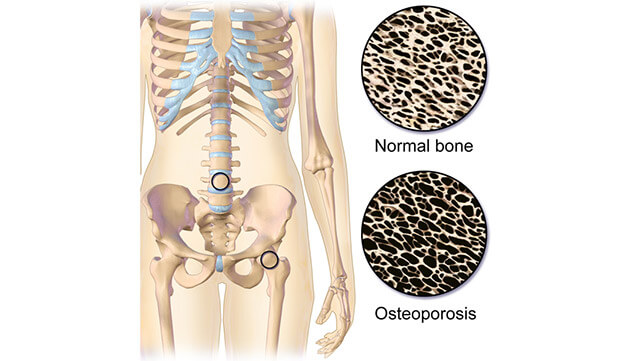
Women with osteoporosis have a higher risk of hip and spine fractures than men. In addition, those with a family history of this disease are more at risk.
Men over 50 are at greater risk than younger men. Among women, those who have early menopause are more at risk than those who have not gone through menopause yet.
Osteoporosis can be treated with various medicines and lifestyle changes. But, most importantly, the best approach is to prevent it.
To prevent osteoporosis, you should maintain a healthy weight, exercise regularly, and keep away from alcoholic beverages. Alcohol can increase your risk of falling.
Treatment and Prevention Options for Osteoporosis
There are many treatment and prevention options for osteoporosis. Some include taking prescription medicines, exercise, diet, and bone protection therapy. It is important to understand the risks and benefits of each treatment option.
In addition, it is important to avoid certain risk factors. For example, smoking increases the risk of bone fractures. Similarly, too much alcohol can damage your bones. Also, high-dose thyroid hormone treatments can interfere with the normal functioning of your body.
Taking a high-impact exercise program can also be beneficial. However, you should consult your doctor before you begin any exercise program. If you have medical conditions such as arthritis, you may not be able to participate in this type of exercise.
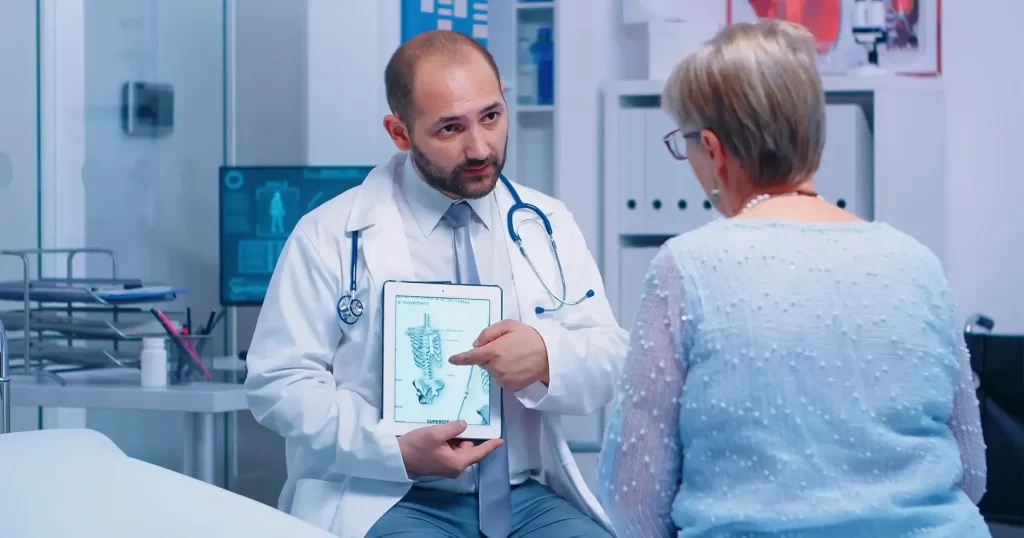
Taking a low-radiation spine x-ray, called a DEXA scan, can help determine if you are at risk for osteoporosis. This type of scan may be performed earlier for women who are at higher risk.
Osteoporosis is a chronic, long-term disease that weakens bones and increases the risk of fractures. Many people develop osteoporosis without any obvious symptoms.
One of the best ways to reduce your risk of developing osteoporosis is to keep your weight at a healthy level. Eating a balanced diet is important to keep your bones strong. You should also make sure to include enough calcium in your diet.
What signs occur when a woman has osteoporosis?
Osteoporosis often has no symptoms until a bone fractures. Some signs that may occur when a woman has osteoporosis include: Loss of height over time A stooped posture Back pain, caused by a collapsed vertebra Fractures (broken bones) that occur more easily than expected.
What is the average age for a woman to get osteoporosis?
Osteoporosis can occur at any age, but it most commonly develops in women after menopause. The average age for a woman to develop osteoporosis is around age 65 or older. However, it's important to note that osteoporosis is not an inevitable part of aging and preventable with a healthy lifestyle.
Can vitamin D reverse osteoporosis?
Vitamin D is important for bone health, it helps the body absorb calcium and maintain healthy bones. While vitamin D alone may not fully reverse osteoporosis, it is an essential component of osteoporosis treatment. Supplementation of vitamin D, along with adequate calcium intake and weight-bearing exercise, may help to slow bone loss and reduce the risk of fractures. However, it's always important to consult a healthcare provider before taking any supplement.


